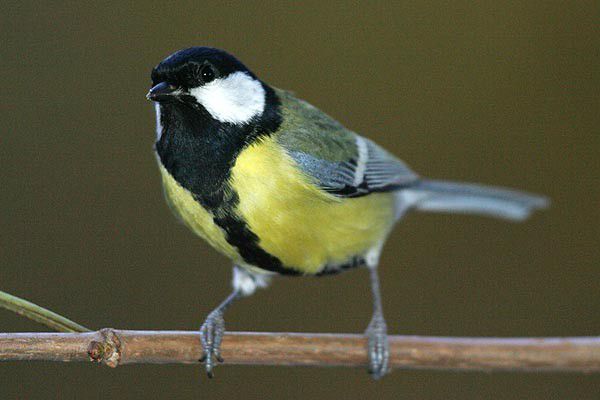-
 Flex fuel
Flex fuel
-
 Refraction
Refraction
-
 Perineum
Perineum
-
 Empress tree
Empress tree
-
 CPU
CPU
-
 Haplodiploidy
Haplodiploidy
-
 Graphite
Graphite
-
 Concrete
Concrete
-
 Flight control surfaces
Flight control surfaces
-
 Leakage current
Leakage current
-
 Google Bombing
Google Bombing
-
 Sea ice
Sea ice
-
 Stall angle
Stall angle
-
 Malacology
Malacology
-
 Gems
Gems
-
 Splicing
Splicing
-
 Protocol D
Protocol D
-
 Metamorphic rock
Metamorphic rock
-
 Radiosensitive
Radiosensitive
-
 Positronium
Positronium
-
 Einstein's box
Einstein's box
-
 Manatee
Manatee
-
 Topical antibacterial antiacne agent
Topical antibacterial antiacne agent
-
 M110
M110
-
 Cremaster
Cremaster
-
 PSP
PSP
-
 Transient Ischaemic Attack
Transient Ischaemic Attack
-
 Field elm
Field elm
-
 Mesozone
Mesozone
-
 Lamotrigine
Lamotrigine
Survival function
A survival function is a tool used in ecology and population biology to describe a population and its reproductive strategy.
A survival function is a graphic representation of the number of survivors of a cohort, meaning a group of individuals of the same age monitored from birth to death, depending on their age.
Three survival functions
There are three major types of survival functions.
- Type I functions are flat at the beginning and then curve sharply. This corresponds to a low mortality rate in young specimens and a high mortality rate in older individuals. This type of survival function represents a population or a species that produces few young but cares for them. This is the case, for example, of large mammals.
- Type III functions drop sharply in the beginning but then stabilise at a lower value. This corresponds to a high mortality rate among the young and a low mortality rate among the few survivors that live beyond a critical age. This type of function characterises the populations and species that have very high fertility but do not provide much care to their offspring. Molluscs and crustaceans have this type of survival function.
- Between these two models, the type II function decreases consistently. Less frequent, type II functions represent species of which the mortality rate is fixed over the course of a population's life. A few annual plants or even hydra (Cnidaria) have this type of survival function.
 One can study a population of a species, for example, titmice, by evaluating its survival function. © compagnonnature.free.fr
One can study a population of a species, for example, titmice, by evaluating its survival function. © compagnonnature.free.fr
Latest
Fill out my online form.



